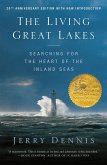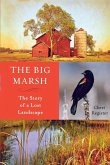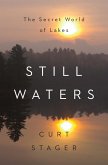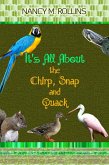Winner of the Inaugural Book Prize from the Australia & Aotearoa New Zealand Environmental History Network A compelling environmental history of a critical ecosystem under threat In the name of agriculture, urban growth, and disease control, humans have drained, filled, or otherwise destroyed nearly 87 percent of the world's wetlands over the past three centuries. Unintended consequences include biodiversity loss, poor water quality, and the erosion of cultural sites, and only in the past few decades have wetlands been widely recognized as worth preserving. Emily O'Gorman asks, What has counted as a wetland, for whom, and with what consequences? Using the Murray-Darling Basina massive river system in eastern Australia that includes over 30,000 wetland areasas a case study and drawing on archival research and original interviews, O'Gorman examines how people and animals have shaped wetlands from the late nineteenth century to today. She illuminates deeper dynamics by relating how Aboriginal peoples acted then and now as custodians of the landscape, despite the policies of the Australian government; how the movements of water birds affected farmers; and how mosquitoes have defied efforts to fully understand, let alone control, them. Situating the region's history within global environmental humanities conversations, O'Gorman argues that we need to understand wetlands as socioecological landscapes in order to create new kinds of relationships with and futures for these places.
Dieser Download kann aus rechtlichen Gründen nur mit Rechnungsadresse in A, D ausgeliefert werden.









